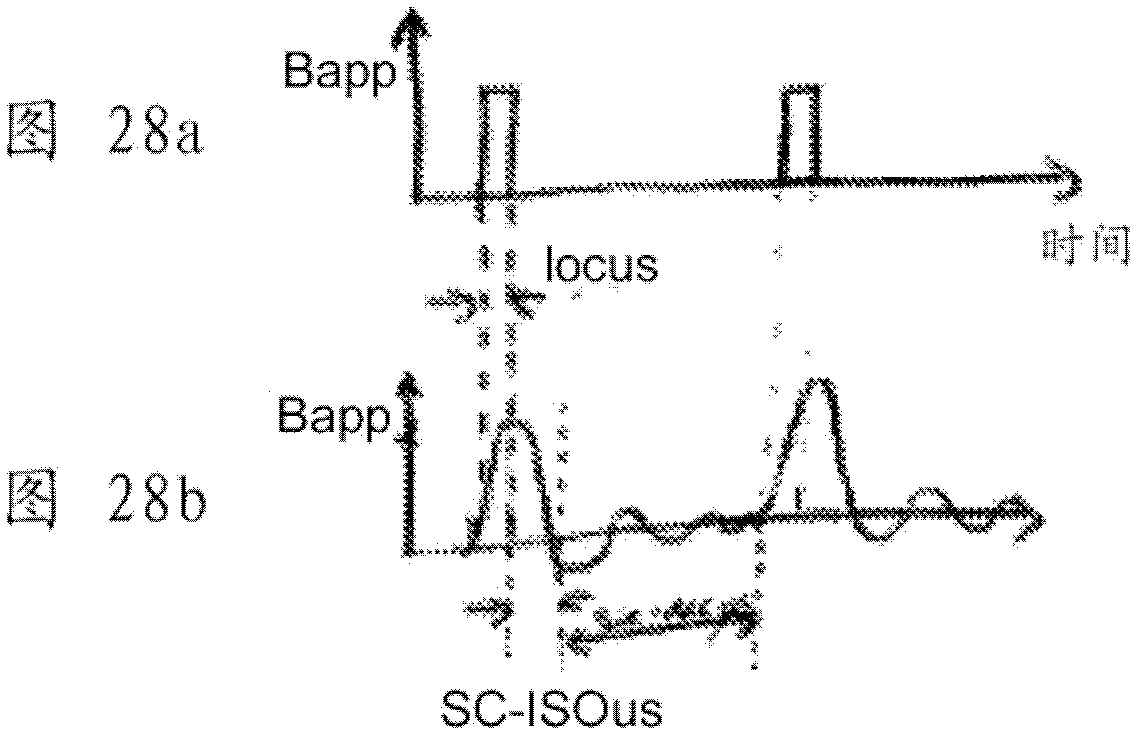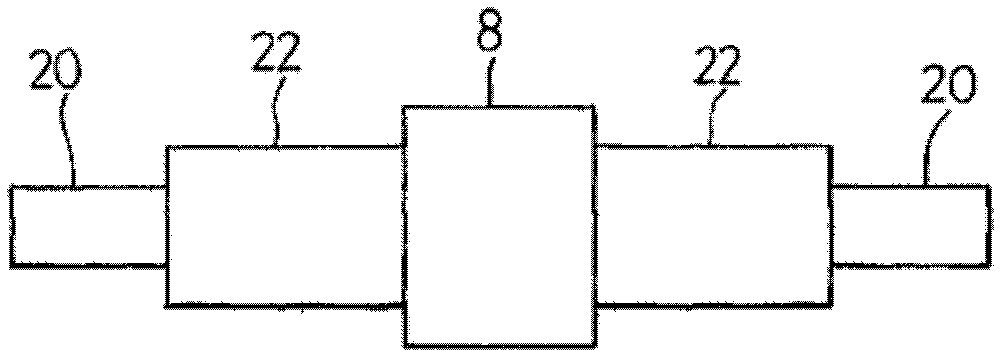X-ray Tomographic Inspection System For The Idendification Of Specific Target Items
An inspection system, X-ray technology, applied in the field of X-ray scanning
- Summary
- Abstract
- Description
- Claims
- Application Information
AI Technical Summary
Problems solved by technology
Method used
Image
Examples
no. 1 example
[0162] Confirming the first embodiment of the sensor: nuclear quadrupole resonance (NQR)
[0163] In one embodiment, the validation sensor includes a system that performs nuclear quadrupole resonance (NQR) measurements. Here, certain nuclei (especially nitrogen and chlorine) are known to have a significant magnetic quadruple moment. Typically, the magnetic quadrupole moments of independent spin nuclei in a material sample are arranged in random orientations. Under the application of a strong external magnetic field, the independent magnetic quadrupole moments of the nuclei in the material under examination align with the applied magnetic field, forming a weak magnetic field acting in the opposite direction of the applied field. The applied field may be in the range of 10 to 100 mTesla, whereas the field produced by aligned nuclei may only be in the femtotesla range. Once the applied magnetic field is turned off, the magnetic dipoles start to move out of alignment, and the ma...
no. 2 example
[0173] Confirmation of the second embodiment of the sensor: X-ray diffraction
[0174] In another embodiment, the confirmation sensor includes an X-ray diffraction system. X-rays in the range of 10keV to 200keV have associated wavelengths commensurate with the lattice spacing in known materials. The wavelength of 10keV X-rays is 1.24×10 -10 m (1.24 Angstroms), and the wavelength of 200keV X-rays is 6×10 -12 m (0.06 Angstroms). In cases where the wavelength of the wave and the spacing of the scattering objects through which the wave propagates are close to the wavelength, then diffraction of the wave will occur according to the Bragg diffraction condition:
[0175] nλ=2dsinθ
[0176] where n=order of the diffraction pattern, λ=wavelength of the wave, d=lattice spacing, and θ=diffraction angle.
[0177] In the case of X-rays, Bragg diffraction can be used to determine the lattice spacing and thus the material type. In a practical X-ray system, the X-ray source produces not...
no. 3 example
[0194] Confirming the third embodiment of the sensor: X-ray backscatter (backscatter) imaging
[0195] In another embodiment, the validation sensor includes an X-ray backscatter imaging system.
[0196] X-ray backscattering occurs when X-rays undergo Compton interactions. Here, the scattered X-rays are left with less energy than before the collision, and the difference in energy is transferred to electrons in the material under examination. Scattered X-rays are likely to be scattered back in the direction from which they came, and this backscattered X-rays can be detected by one or more X-ray sensors arranged adjacent to the X-ray source. The direction of the scattered X-rays is independent of the direction of the input beam, and therefore there is only a weak spatial correlation between the backscatter signal from a particular object and the detection signal of the backscatter signal.
[0197] Therefore, a collimator is preferably incorporated into the system, between the X...
PUM
 Login to View More
Login to View More Abstract
Description
Claims
Application Information
 Login to View More
Login to View More - R&D
- Intellectual Property
- Life Sciences
- Materials
- Tech Scout
- Unparalleled Data Quality
- Higher Quality Content
- 60% Fewer Hallucinations
Browse by: Latest US Patents, China's latest patents, Technical Efficacy Thesaurus, Application Domain, Technology Topic, Popular Technical Reports.
© 2025 PatSnap. All rights reserved.Legal|Privacy policy|Modern Slavery Act Transparency Statement|Sitemap|About US| Contact US: help@patsnap.com



